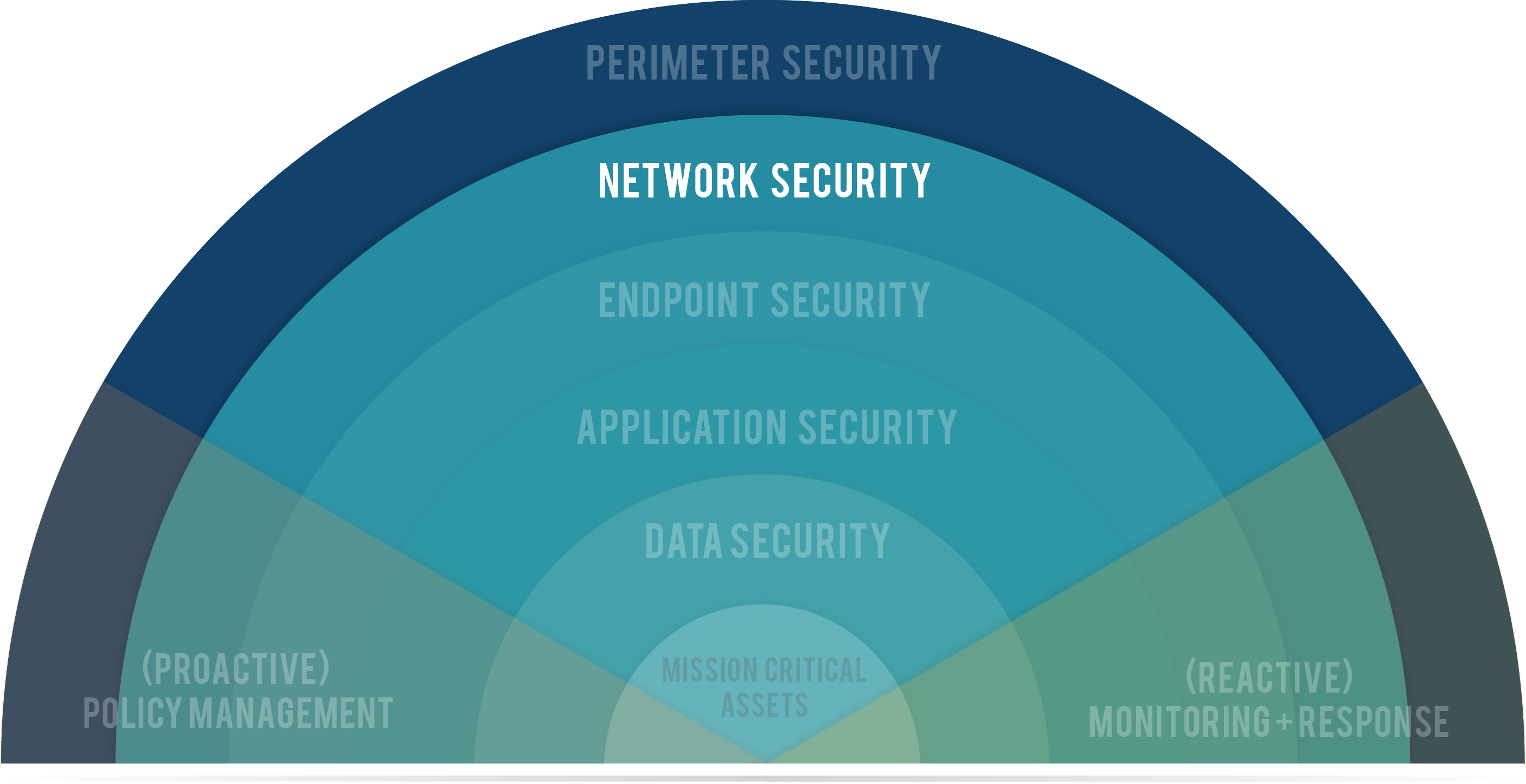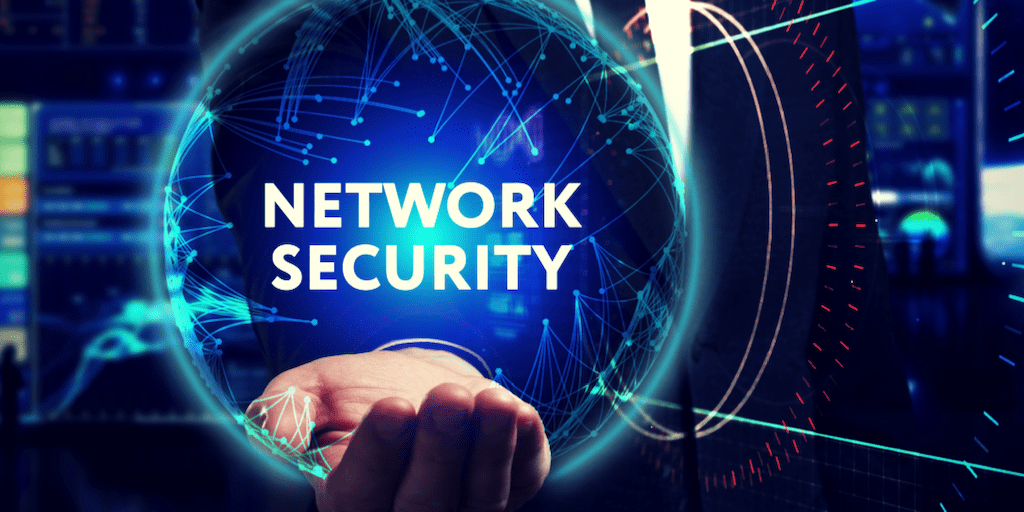How Data Cyber Security Protects Your Organization from Emerging Threats
How Data Cyber Security Protects Your Organization from Emerging Threats
Blog Article
Just How Information and Network Safety Safeguards Against Emerging Cyber Threats
In a period noted by the fast advancement of cyber risks, the importance of data and network safety and security has never ever been a lot more noticable. Organizations are progressively dependent on advanced security actions such as file encryption, access controls, and proactive monitoring to guard their electronic possessions. As these threats come to be a lot more intricate, understanding the interplay between data protection and network defenses is crucial for reducing threats. This conversation aims to discover the important elements that strengthen an organization's cybersecurity stance and the methods required to remain in advance of prospective vulnerabilities. What remains to be seen, nevertheless, is how these steps will certainly develop when faced with future obstacles.
Comprehending Cyber Dangers

The ever-evolving nature of modern technology consistently introduces new vulnerabilities, making it crucial for stakeholders to continue to be alert. People may unwittingly succumb to social engineering techniques, where opponents control them into disclosing sensitive details. Organizations face unique challenges, as cybercriminals typically target them to manipulate important data or interfere with procedures.
Additionally, the rise of the Web of Points (IoT) has actually expanded the attack surface area, as interconnected tools can serve as entrance factors for aggressors. Acknowledging the significance of durable cybersecurity techniques is essential for minimizing these threats. By fostering an extensive understanding of cyber people, organizations and risks can implement effective techniques to protect their electronic properties, ensuring resilience despite an increasingly intricate hazard landscape.
Key Components of Information Security
Guaranteeing information safety needs a diverse technique that incorporates various essential parts. One basic element is information file encryption, which transforms sensitive details right into an unreadable style, obtainable just to licensed individuals with the appropriate decryption keys. This works as a crucial line of defense versus unauthorized gain access to.
An additional essential component is accessibility control, which controls who can see or control data. By executing stringent individual authentication procedures and role-based gain access to controls, organizations can decrease the danger of expert threats and information breaches.

Additionally, data concealing methods can be employed to safeguard sensitive details while still enabling its usage in non-production settings, such as screening and advancement. fft perimeter intrusion solutions.
Network Safety Methods
Carrying out robust network safety methods is crucial for protecting a company's electronic infrastructure. These techniques involve a multi-layered method that includes both software and hardware services developed to shield the honesty, discretion, and schedule of information.
One crucial component of network protection is the implementation of firewalls, which function as a barrier my website between trusted inner networks and untrusted external networks. Firewall softwares can be hardware-based, software-based, or a combination of both, and they help filter outgoing and inbound website traffic based on predefined safety policies.
Furthermore, invasion detection and prevention systems (IDPS) play an important role in monitoring network website traffic for dubious activities. These systems can signal managers to potential breaches and do something about it to reduce risks in real-time. Frequently patching and updating software program is likewise critical, as susceptabilities can be exploited by cybercriminals.
Additionally, applying Virtual Private Networks (VPNs) makes certain secure remote gain access to, securing data transmitted over public networks. Last but not least, segmenting networks can reduce the attack surface and contain potential breaches, restricting their impact on the general framework. By embracing these techniques, organizations can efficiently strengthen their networks against arising cyber hazards.
Ideal Practices for Organizations
Establishing finest methods for companies is important in preserving a solid safety posture. A detailed strategy to information and network protection starts with regular threat assessments to identify vulnerabilities and possible dangers. Organizations must implement robust accessibility controls, making certain that only authorized employees can access sensitive information and systems. Multi-factor verification (MFA) must be a conventional demand to enhance safety and security layers.
Furthermore, continuous worker training and understanding programs are vital. Staff members need to be informed on acknowledging phishing efforts, social engineering methods, and the go to my site importance of adhering to protection protocols. Regular updates and patch management for software and systems are likewise important to protect against known susceptabilities.
Organizations should establish and evaluate case action intends to ensure preparedness for possible violations. This consists of developing clear communication channels and duties throughout a security incident. Information file encryption should be employed both at rest and in transit to protect sensitive details.
Last but not least, carrying out regular audits and compliance checks will help ensure adherence to recognized policies and relevant laws - fft perimeter intrusion solutions. By following these finest methods, organizations can considerably boost their strength versus arising cyber risks and shield their important assets
Future Trends in Cybersecurity
As organizations navigate a progressively intricate electronic landscape, the future of cybersecurity is positioned to develop considerably, driven by moving and emerging innovations threat paradigms. One noticeable fad is the assimilation of fabricated knowledge (AI) and artificial intelligence (ML) into protection frameworks, permitting for real-time danger content discovery and reaction automation. These innovations can examine huge amounts of data to recognize anomalies and prospective violations extra effectively than standard techniques.
One more important fad is the rise of zero-trust architecture, which needs continual verification of user identifications and gadget safety, regardless of their area. This strategy decreases the threat of expert hazards and boosts protection against external attacks.
Furthermore, the enhancing adoption of cloud solutions necessitates robust cloud safety and security approaches that deal with one-of-a-kind vulnerabilities connected with cloud settings. As remote job becomes a long-term component, securing endpoints will certainly also end up being vital, causing an elevated concentrate on endpoint detection and feedback (EDR) options.
Finally, regulatory conformity will proceed to form cybersecurity practices, pushing organizations to embrace more rigorous information security measures. Accepting these fads will be vital for organizations to strengthen their defenses and navigate the advancing landscape of cyber dangers properly.
Conclusion
To conclude, the application of durable information and network security measures is necessary for companies to protect versus emerging cyber hazards. By making use of security, gain access to control, and reliable network safety and security techniques, companies can significantly decrease susceptabilities and protect delicate information. Embracing ideal techniques further enhances durability, preparing organizations to face evolving cyber difficulties. As cybersecurity remains to progress, staying educated about future fads will certainly be crucial in preserving a solid defense versus potential dangers.
In an era noted by the quick evolution of cyber risks, the significance of information and network safety has actually never ever been more pronounced. As these dangers end up being a lot more intricate, understanding the interplay in between information safety and network defenses is crucial for minimizing threats. Cyber dangers encompass a vast array of malicious activities aimed at jeopardizing the privacy, stability, and accessibility of networks and data. A detailed technique to information and network safety and security starts with routine risk analyses to determine vulnerabilities and prospective threats.In final thought, the execution of durable data and network protection actions is necessary for companies to safeguard against arising cyber dangers.
Report this page